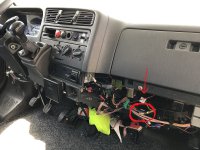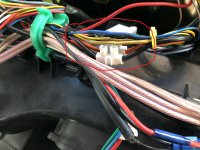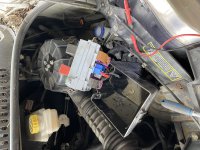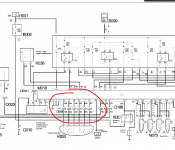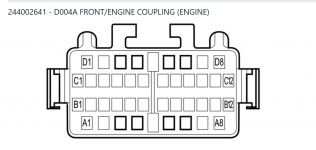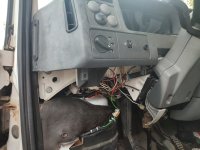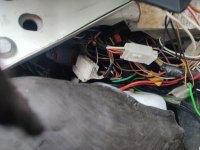Warning light usually comes on when going up hill and engine is under load light goes off when foot taken off accelerator coming on again as soon as foot back on. When light on loss of power occurs.
Remedies tried include:
New accelerator pedal fitted.
ECU removed tested and refitted with no fault found.
Wiring checked.
WD40 sprayed arround engine bay.
A faulty fuel guage was resolved by the the fitting of a new fuel pump and sender.
The vehicle [a motorhome] has been back to the local Fiat main dealer several times and has been diagnostically tested. On one occasion an intermittant fault on manifold pressure sensor was found the connections cleaned codes deleted and retested all OK. Unfortunatelly not so and fault is becoming progressively worse. I think the problem is with the sensors and wonder if anyone else has experienced similar problems and how they were resolved.
Remedies tried include:
New accelerator pedal fitted.
ECU removed tested and refitted with no fault found.
Wiring checked.
WD40 sprayed arround engine bay.
A faulty fuel guage was resolved by the the fitting of a new fuel pump and sender.
The vehicle [a motorhome] has been back to the local Fiat main dealer several times and has been diagnostically tested. On one occasion an intermittant fault on manifold pressure sensor was found the connections cleaned codes deleted and retested all OK. Unfortunatelly not so and fault is becoming progressively worse. I think the problem is with the sensors and wonder if anyone else has experienced similar problems and how they were resolved.


